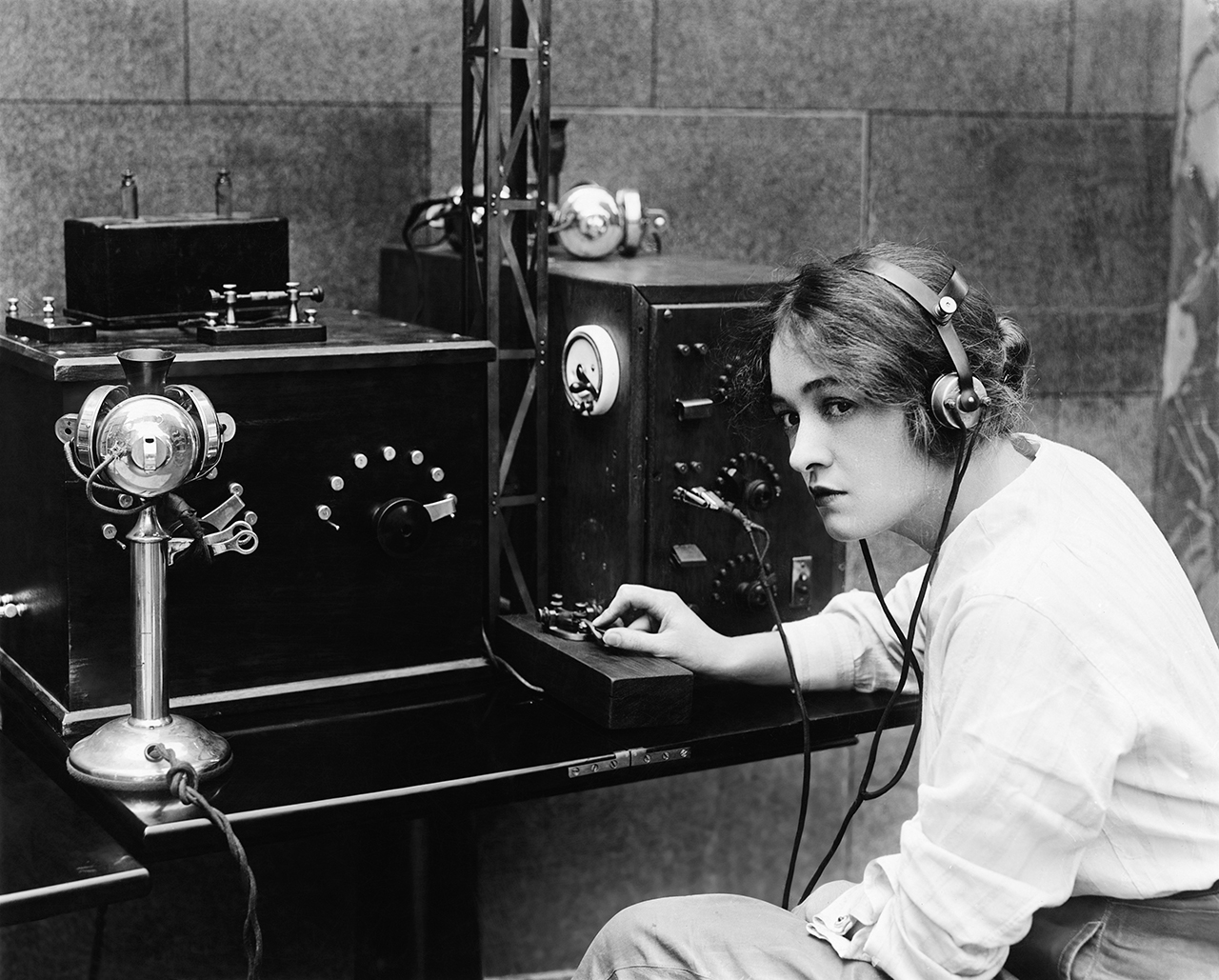BAGHDAD (AP) — At the once bustling hub of the largest anti-government protest movement in Iraq’s modern history, crowds have dwindled, and donation boxes have sprouted up. Loudspeakers resound with calls by activists for funds to keep their hard-fought revolution alive.
The six-month-old movement has faced one setback after another, from the shifting positions of a mercurial Shiite cleric to an apathetic political class and, now, fears over an outbreak of the coronavirus that Iraq’s decrepit health system has struggled to contain, with nearly 93 confirmed cases and nine deaths.
Where once Baghdad’s Tahrir Square had seen thousands every day, now only a few hundred protesters turn up. Morale has been dampened among young Iraqis who first took to the streets on Oct. 1 to decry rampant government corruption, poor services and unemployment.
Protesters have found it difficult to revive the strength of their leaderless movement after scoring victories early on, like pressuring lawmakers to pass a key electoral reform bill and forcing former Prime Minister Adel Abdul-Mahdi to step down. Assassinations, abductions and threats targeting prominent protesters have contributed to blunting the momentum.
In this Friday, March 6, 2020 photo, protesters gather in Tahrir Square
in Baghdad, Iraq. Where once the square had seen thousands every
day, now only a few hundred protesters turn up. They are struggling to
keep their movement going after one set-back after another, now capped
by fears over the coronavirus outbreak. For most people, the virus causes
only mild or moderate symptoms. For some it can cause more severe illness.
(AP Photo/Hadi Mizban)
A looming economic crisis linked to the coronavirus pandemic and ongoing political dysfunction could eventually bring a new jolt that inspires Iraqis back to the streets. But for the moment, the movement is looking at what went wrong.
The difficulties of recent months caused the poles of authority among protesters to shift from the capital to the south, while some say shunning any form of central leadership was a mistake.
In Tahrir Square, a group of young men recently shared a hookah pipe under a tarp by a tunnel replete with the wall art of their revolution. Together, they embodied the spirit that first brought many into Iraq’s central squares to protest.
Marwan Ali, 23, had attended university to study communication but could only find work as a barber after graduation. Mohammed Abbas, 19, didn’t bother pursuing a higher education, convinced it wouldn’t secure a job. So in October he picked up a banner and joined the movement.

In this Saturday, March 7, 2020 photo, a protester holds a cover for his
tent in Tahrir Square, Baghdad, Iraq. Where once the square had seen
thousands every day, now only a few hundred protesters turn up. The
youthful protesters are struggling to keep their movement going after
one set-back after another, now capped by fears over the virus outbreak.
For most people, the virus causes only mild or moderate symptoms.
For some it can cause more severe illness. (AP Photo/Hadi Mizban)
Hussein al-Hind, 22, was a teenager when he heeded a call by Iraq’s top Shiite cleric to take up arms and defeat the Islamic State group with what would later become the paramilitary Popular Mobilization Forces. He soon became disenchanted as his one-time war heroes joined the ranks of the political class by running in the May 2018 election.
The young men have also suffered the violence that has met the movement. Al-Hind showed off two bullet wounds from clashes with riot police; Abbas was detained by police for three days early on in the demonstrations; Ali’s family has received messages from unknown groups threatening his life.
Now, the future of their hard-fought protest movement depends on the ability of these youth to keep to the streets.
this Friday, March 6, 2020 photo, protesters rest in their sit-in tent, in
Baghdad, Iraq. The youthful protesters are struggling to keep their
movement going after one set-back after another, now capped by fears
over the coronavirus outbreak. Where once Baghdad’s Tahrir Square
had seen thousands every day, now only a few hundred protesters
turn up. For most people, the virus causes only mild or moderate
symptoms. For some it can cause more severe illness.
(AP Photo/Hadi Mizban)
When the conversation turned to the state of their movement, Marwan Ali took a moment’s pause.
“We are disappointed,” he said. Asked why he was still coming to Tahrir, he said, “This isn’t about the homeland anymore, we are here for the blood of our martyrs.” Over 500 people have been killed since October under fire by security forces who have used live ammunition, tear gas and recently pellet guns to disperse crowds.

In this Sunday, March 8, 2020 photo, anti-government protesters enter
a makeshift disinfecting booth set up by the protesters to help protect
against the spread of the new coronavirus, in Baghdad, Iraq. Where
once Baghdad’s Tahrir Square had seen thousands every day, now
only a few hundred protesters turn up. The youthful protesters are
struggling to keep their movement going after one set-back after
another, now capped by fears over the virus outbreak. For most
people, the virus causes only mild or moderate symptoms.
For some it can cause more severe illness.
(AP Photo/Khalid Mohammed)
In nearby Khilani Square, clashes still rage between a core group of protesters and security, with at least two demonstrators dead last week.
The movement was dealt a blow in January after radical Shiite cleric Muqtada al-Sadr, who also heads a major political bloc, withdrew support after elites selected a prime minister candidate he backed, Mohammed Allawi. Al-Sadr’s reversal instilled a climate of fear in the square as militiamen affiliated with his group, which once protected protest sites, intimidated demonstrators who refused to back Allawi, activists said. Allawi has since withdrawn from the post.
“We were tools in al-Sadr’s game,” said Kamal Jaban, an activist.
It was an eventuality that activists said they wanted to avoid when al-Sadr’s followers first joined the movement.
As early as November, protesters bristled at the question of leadership and were quick to diminish the credibility of those making claims of authority over them. They tore down stages built by political parties in protest plazas, fearing the fate of previous grassroots movements that fizzled out when co-opted by political actors.

In this Saturday, March 7, 2020 photo, a protester holds an Iraqi flag,
in Tahrir Square, Baghdad, Iraq. Where once the square had seen
thousands every day, now only a few hundred protesters turn up. The
protesters are struggling to keep their movement going after one set-back
after another, now capped by fears over the virus outbreak. For most
people, the virus causes only mild or moderate symptoms. For some
it can cause more severe illness. (AP Photo/Hadi Mizban)
Three months since, protesters said in hindsight the lack of core leadership had hobbled their movement, enabling figures like al-Sadr to do exactly what they had feared.
“There is no one to represent us, put pressure on the government,” said Ali, under the tarp in Tahrir.
Al-Sadr’s move also diminished Tahrir Square’s status as the central voice of the movement. Activists started looking to Haboubi Square in the southern city of Nasiriya for orders. Nasiriya’s protesters have been resilient against infiltration by political parties, partly due to support from local tribes.
In hindsight, said Ali, this weakened the movement.
In this Sunday, March 8, 2020 photo, protesters help each other adjust
face masks against the new coronavirus, during a sit-in at Tahrir Square
in Baghdad, Iraq. Where once the square had seen thousands every day,
now only a few hundred protesters turn up. The youthful protesters are
struggling to keep their movement going after one set-back after another,
capped by fears over the virus outbreak. For most people, the virus causes
only mild or moderate symptoms. For some it can cause more severe illness.
(AP Photo/Khalid Mohammed)
“Tahrir Square became tainted with al-Sadr supporters,” he explained. “At first Nasiriya was listening to us, now we listen to them.”
It was Nasiriya that gave political elites a deadline to make progress on protester demands, prompting an escalation in demonstrations across the country. Later, calls from the southern city led protesters in Baghdad to block the strategic Mohammed al-Qassim highway. When Haboubi Square raised the image of activist Alaa Rikabi as their choice for prime minister, Tahrir did the same.
Other protesters said fatigue from months on the street was taking a toll as donations for food and supplies were running short and temperatures dropped over the winter.
“Weak turnout was expected some time ago because the protesters who have been here for five months are tired, sleeping in cold and far from wor¬¬k, their families and school,” said Murtada Emad, a protester and university student at Babil College of Basic Education. “I left school, but my family is pressuring me to go back.”
By February, protesters were marginalized as political bickering over Allawi’s government formation ignored the core demands of the street. Allawi withdrew as prime minister-designate on March 1 after failing to secure parliamentary support for his Cabinet.
Back in Tahrir, Ali Jumaili, 22, said all hope was not lost.
“Every day, I sit on the sidewalk with my friends and weep because of the weakening demonstrations,” he said. “The revolution will repeat itself with more vigor in the future.”
AP
:max_bytes(150000):strip_icc()/GettyImages-640486531-58f85b325f9b581d59f95106.jpg)





















